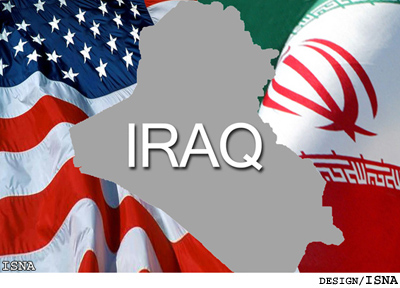The New York Times, fed by US officials, publishes a far-from-shocking revelation:
Iran is flying unarmed surveillance drones over Iraq from an airfield in Baghdad and is secretly supplying Iraq with tons of military equipment, supplies and other assistance….Tehran has also deployed a unit there to intercept communications.
The secret Iranian programs are part of a broader effort by Tehran to gather intelligence and help Prime Minister Nuri Kamal al-Maliki’s government in its struggle against Sunni militants from the Islamic State in Iraq and Syria.
Gen. Qassim Suleimani, the head of Iran’s paramilitary Quds Force, has visited Iraq at least twice to help Iraqi military advisers plot strategy. And Iran has deployed about a dozen other Quds Force officers to advise Iraqi commanders, and help mobilize more than 2,000 Shiite militiamen from southern Iraq, American officials said.
Iranian transport planes have also been making two daily flights of military equipment and supplies to Baghdad — 70 tons per flight — for Iraqi security forces.
These are the logical steps to help the Iraqi Government and security forces in an attempt to stem the insurgency. Indeed, the US is flying its own surveillance missions and is already providing military aid to Baghdad.
Compared to the US actions, the significance is not in Iranian operations but in scale. Whereas the Obama Administration has cautiously committed to only 300 advisors, Tehran has shown no hesitation in deploying elite units and putting in far more personnel.
So what’s the real story here?
Put bluntly, this is an American PR effort over the notion of cooperation — at least publicly — with Iran.
The Times’s sources are not subtle about this:
The American and Iranian military moves are not coordinated, American officials said. Even though the United States and Iran both oppose the Islamic State in Iraq and Syria, known as ISIS, they are still competing for influence in Iraq and are backing opposing sides in the civil war in Syria.
That line bolster President Obama’s message last Thursday, when he pushed aside the notion of cooperation in favor of criticism of Iran as a destablizing force — perhaps the most important destablizing force — in the region.
There is a hint that Washington’s spin via the Times is not that straightforward — or unified. The State Department, which favored exploration of cooperation with Tehran — and was overruled by the Pentagon — appears to cling to the possibility while saying that tension in the Islamic Republic has been the barrier:
Western officials say there appear to be divisions between the Iranian Foreign Ministry, which may be open to some degree of cooperation, and General Suleimani….
“Iran has many different power centers and different elements of Iran are sending different messages and doing different things,” a senior State Department official told reporters on Sunday.
Still, the State Department appears to be on the losing side of the political as well as the PR battle.
The overall message behind the not-so-dramatic exposure of Tehran’s assistance to Baghdad? Iran cannot be trusted.

